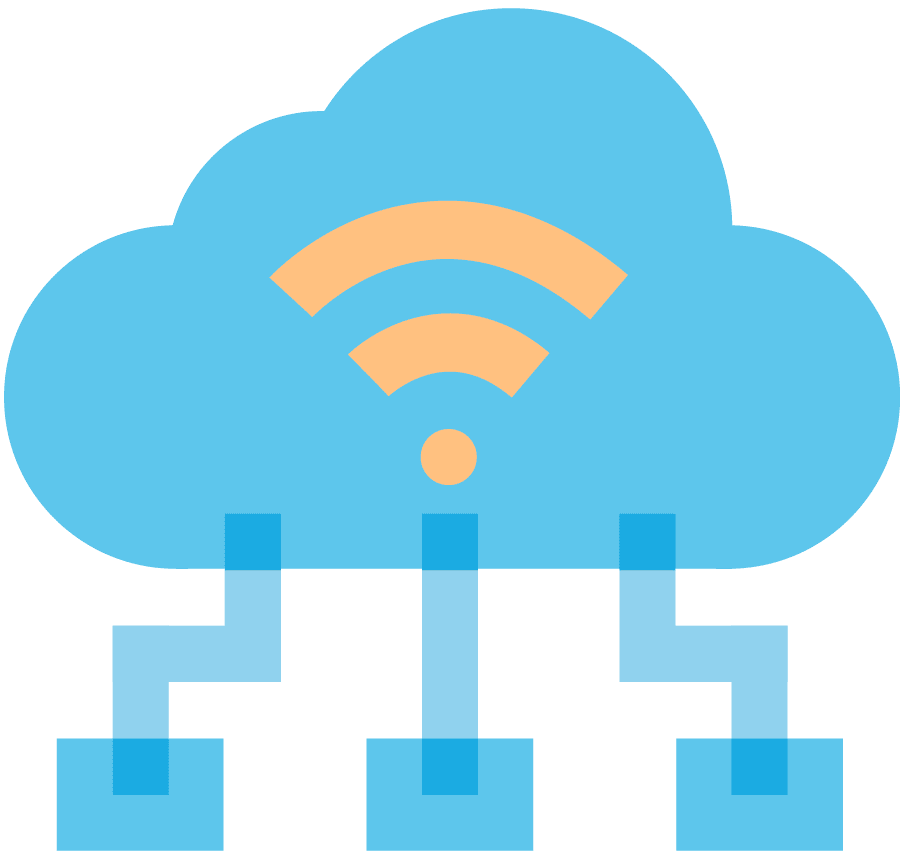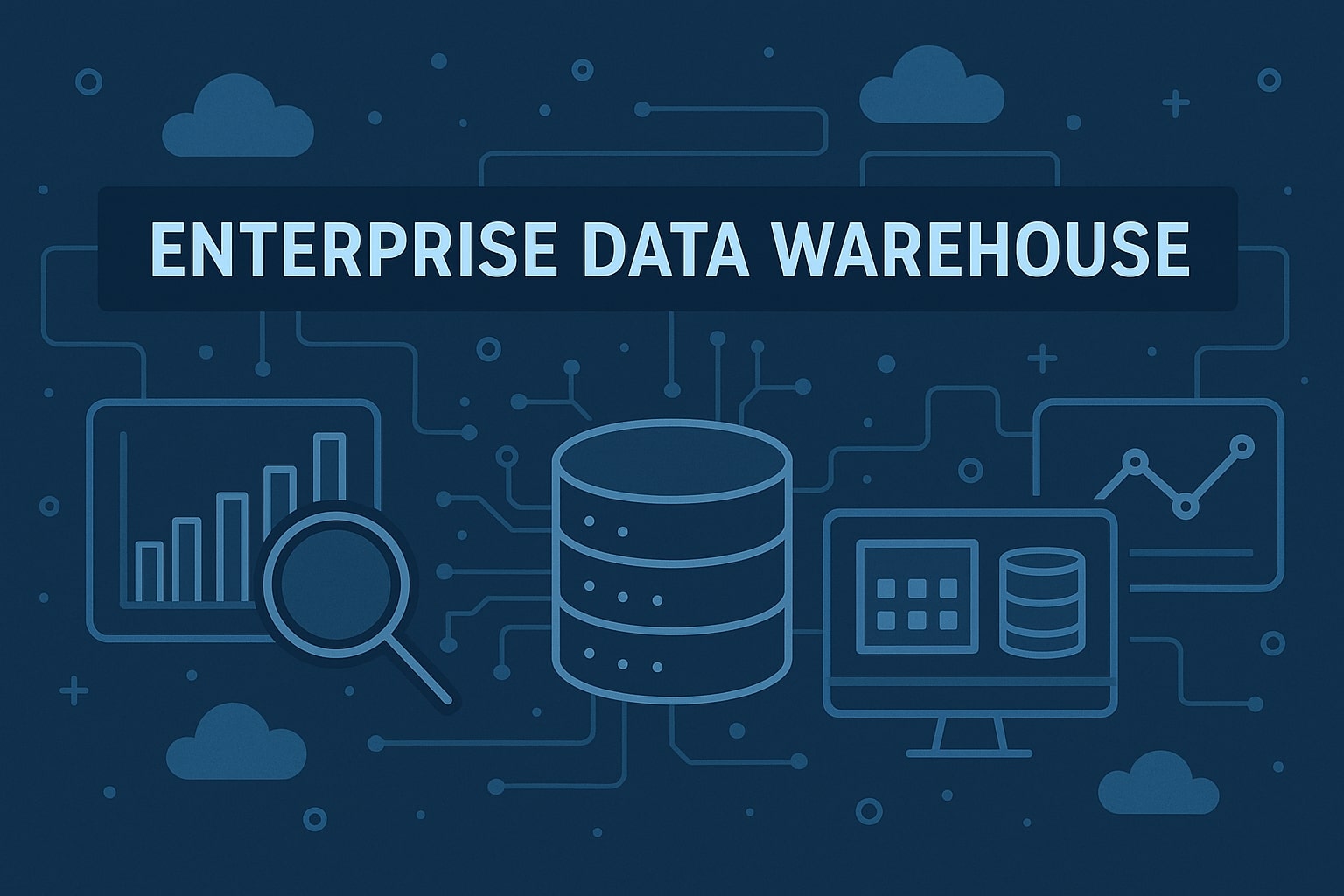The Strategy, Benefits and Tools for IT Infrastructure Modernization
IT infrastructure modernization is the process of upgrading outdated systems, applications, and processes to align with today’s digital demands. It goes beyond swapping hardware or moving data to the cloud — it’s about building a scalable, secure, and future-ready IT foundation that supports innovation and business growth.
Done right, modernization improves agility, lowers costs, strengthens security, and creates a flexible IT environment that can adapt to new challenges.
Why Modernizing IT Infrastructure Matters
Organizations that fail to modernize face rising costs, operational bottlenecks, and cybersecurity risks. On the other hand, those that modernize gain a measurable competitive advantage.
Benefits of Infrastructure Modernization
-
Cost efficiency – Cloud and automation can cut IT costs by 25–30%
-
Agility & speed – Faster deployments and product launches improve time-to-market
-
Security improvements – Zero Trust frameworks reduce unauthorized access risks
-
Scalability & resilience – Hybrid and multi-cloud models handle workload spikes seamlessly
-
Customer experience – Enhanced performance supports smoother digital interactions
Gartner reports that by 2027, 70% of enterprises will use cloud-native infrastructure to improve scalability and operational resilience.
Approaches to Infrastructure Modernization
Not every system needs a complete rebuild. Different modernization approaches exist depending on your business goals and technical environment.
| Approach | Description | Best Use Case |
|---|---|---|
| Rehost (Lift & Shift) | Move apps into the cloud with minimal changes | Quick migrations with limited downtime |
| Refactor | Modify code for cloud-native benefits | Applications needing better performance without replacement |
| Replatform | Upgrade OS, middleware, or databases while retaining app structure | Legacy systems with modernization potential |
| Replace | Retire legacy apps and adopt SaaS or custom-built alternatives | Costly, outdated, or non-compliant systems |
Common modernization strategies include:
-
Incremental migration (phased rollout)
-
Full application replacement
-
Hybrid deployment for sensitive workloads
This mix ensures IT teams modernize where it adds value while minimizing risk.
Crafting an Infrastructure Modernization Strategy
A successful project requires more than technology — it needs a structured roadmap.
Key steps in an infrastructure modernization strategy:
-
Assessment – Audit legacy systems, dependencies, and security gaps
-
Planning – Define objectives, timelines, and budget allocation
-
Execution – Migrate workloads using hybrid, cloud, or SaaS approaches
-
Optimization – Apply automation, analytics, and monitoring for long-term efficiency
IDC research shows that organizations with defined modernization strategies are 2.5x more likely to report reduced downtime and improved system performance.
Infrastructure Modernization Tools, Platforms, and Software
Choosing the right modernization tools is critical for success. These platforms enable migration, automation, monitoring, and security in complex environments.
Common Infrastructure Modernization Tools
-
Cloud Platforms – AWS, Microsoft Azure, Google Cloud (hybrid and multi-cloud adoption)
-
Containerization & Orchestration – Docker and Kubernetes for app portability and scalability
-
Automation & Infrastructure-as-Code – Terraform, Ansible, Puppet for streamlined deployments
-
Monitoring & Observability – Datadog, Splunk, Prometheus for performance insights
-
Security & Compliance – SIEM solutions (Elastic, QRadar), Zero Trust models, MFA
These tools work together to ensure modernization is not just about migration but also automation, observability, and long-term resilience.
Cloud & Hybrid Infrastructure Modernization
Cloud infrastructure modernization is often the starting point — but hybrid models are becoming the standard.
Advantages of hybrid IT:
-
Keep sensitive data on-premises while leveraging cloud scalability
-
Avoid vendor lock-in with multi-cloud deployments
-
Balance cost optimization and compliance
-
Scale resources dynamically without disruption
A recent McKinsey survey found that companies using hybrid IT models improved time-to-market for new services by 50% compared to legacy-only setups.
Security in Infrastructure Modernization
Modernization projects must prioritize security from the beginning. Legacy systems are often the biggest security risks, making this step non-negotiable.
Security best practices include:
-
Zero Trust Security Model – “Never trust, always verify” for every user and device
-
Foundational SIEM deployment – real-time monitoring, threat detection, and compliance tracking
-
Encryption by default – protect sensitive data at rest and in transit
-
Vulnerability management – replace outdated systems before migration
-
Regular security audits – ensure compliance with industry regulations
Atiba’s Infrastructure Modernization Services
Atiba offers comprehensive infrastructure modernization services tailored to your organization’s unique needs.
Our expertise covers:
-
Infrastructure assessments – identify gaps, risks, and opportunities
-
Cloud & hybrid modernization solutions – optimize costs, agility, and compliance
-
Application modernization – leverage microservices, CI/CD pipelines, and DevOps best practices
-
Security frameworks – adopt Zero Trust and SIEM for resilient infrastructure
-
Continuous optimization – real-time analytics and proactive monitoring
With decades of experience, Atiba helps enterprises replace outdated systems, optimize performance, and future-proof IT operations.
FAQs About IT Infrastructure Modernization
What is IT infrastructure modernization?
It’s the process of upgrading outdated IT systems, applications, and workflows to improve efficiency, security, and scalability.
What are the benefits of modernizing IT infrastructure?
Reduced costs, faster time-to-market, stronger security, scalable systems, and improved customer experiences.
What are common infrastructure modernization approaches?
Rehost (lift & shift), refactor, replatform, and replace.
What tools are used in infrastructure modernization?
Cloud platforms (AWS, Azure, GCP), orchestration (Kubernetes, Docker), automation (Terraform, Ansible), and security tools (SIEM, Zero Trust).
What industries benefit most from modernization?
Healthcare, finance, retail, and manufacturing — any industry with heavy compliance and legacy systems.
Future-Proof Your IT with Atiba
Modernization is more than an IT upgrade — it’s an investment in scalability, agility, and security. Whether you’re migrating to hybrid cloud, modernizing legacy apps, or adopting automation frameworks, Atiba helps you build a future-ready infrastructure.
Get in touch with Atiba to explore modernization solutions that align with your goals.








